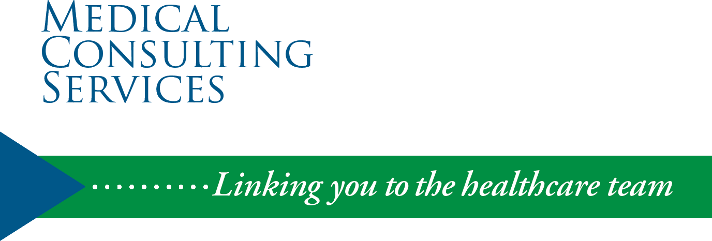In Part 1 we showed how pride could get in the way with consequences resulting in adverse diagnoses decades later. Part 2 showed reasons people may not be able to understand or follow treatment recommendations. In Part 3 we will look at how the internet may play a role in treatment failure by cause delays in treatment, and ultimately how to be a partner in your care.
Barbara Worsley, a Risk Manager with SCPIE Companies (American Indemnity Companies), took a look at non-compliance and the influence of the internet on it, as well. Today’s patient is better informed about their health. They Google their symptoms, and self-diagnose their problem. They even self-treat before consulting a doctor. If the doctor suggests a different diagnosis or causation, contrary to the patient’s “research” on the internet, they may choose to “doctor-shop” until they find someone who agrees with them.
Between 5% and 20% of patients never have a prescription filled for medication. Half of those who do have it filled fail to follow the prescribed medication regimen. Dr. Judy Segal, Assoc. Professor at the University of British Columbia, says that the statistics haven’t changed despite advances made in developing more effective medications with fewer side-effects. But, for whatever their personal reasons, people are not being “sold” on the treatment.
This hesitancy on the part of the patient places a good deal more responsibility on the physician to assure the patient is involved as a partner in the treatment plan by clearly explaining the diagnosis and its implications, especially if left untreated. Unfortunately, physicians and/or their staff do not commonly schedule the time needed to be sure a patient fully understands the treatment recommendation(s). As the doctor explains the plan to the patient, the patient should be encouraged to take notes and to understand it sufficiently to be able to explain what he or she has heard back to the doctor.
Healthcare law changes have caused decreased reimbursements by insurance companies, which limits interaction time between doctors and patients. The biggest complaint I hear from my clients is that their doctors always seems pressed for time and that they don’t take the time necessary to hear them fully or explain in terms that are easily understood.
We can conclude that Denial caused by Pride (or, stubbornness) is hard to overcome; the responsibility for that is with the patient. Except for Pride, I firmly believe that non-compliance with treatment is a responsibility shared by both the patient and the doctor. Effective communication should be the goal of both during the visit and carrying out a treatment plan.
The patient should not only describe symptoms, such as pain and location, they should put their symptoms in functional terms. As an example, instead of saying, “I have pain in my shoulder and point to a place on the shoulder.” It will be more helpful to say, “When I try to scratch my back at my beltline or put my shirt on, I get a sharp pain in my shoulder.” When discussing self-medication of over the counter medication, the physician will want to know “how many do you take”. Instead of trying to calculate a daily dose, think situationally, such as; “whenever I eat bananas or tomato sauce, I get indigestion and take 2-3 antacids”, or “on rainy days I have a lot of stiffness and take 2-3 Ibuprofen pills three times a day.” Be Specific.
Have a designated notepad for medical questions, or symptom clarification. Keep it up as you notice things and bring it with you to your appointment. Take notes as your treatment plan is being discussed. Ask about side-effects as medication is being prescribed.
If you are having a procedure and need to change dressings. Ask for a home health prescription to get you started on self-care. A nurse will come out, do an assessment and show you in steps how to change the dressing and what to look for. You can have additional family members present to learn as well.
The ultimate success of your healthcare treatment plan depends upon BOTH your doctor’s and your commitment to work together to resolve your issue. Healthcare is a partnership. You are not alone.

